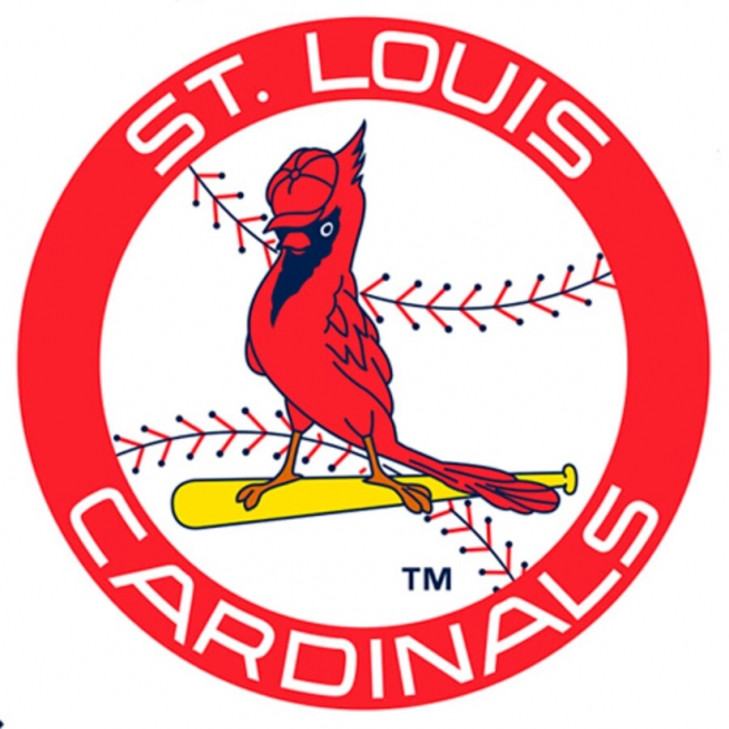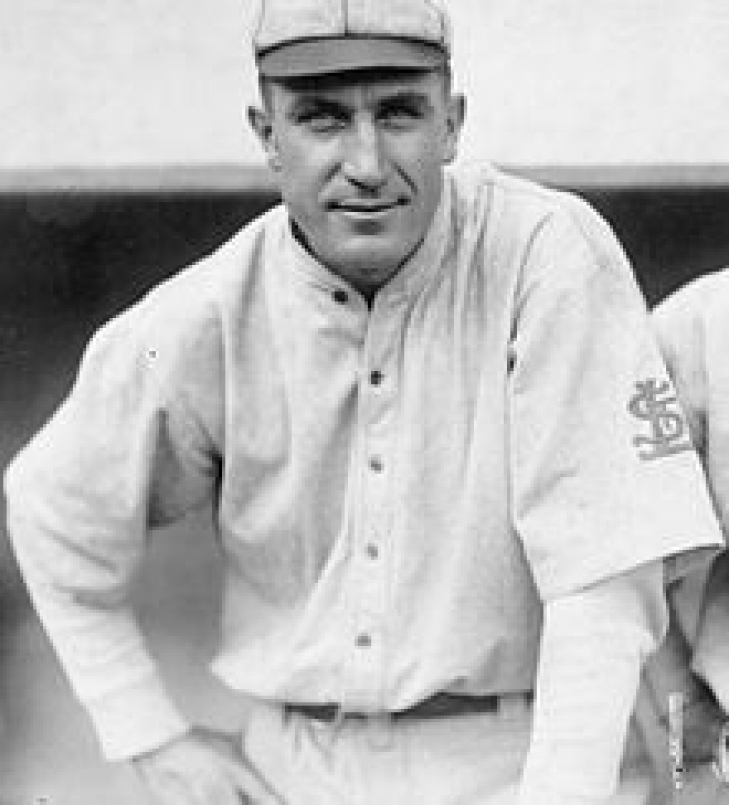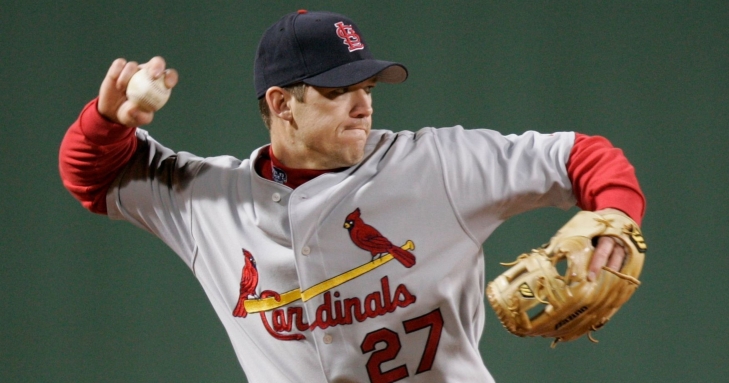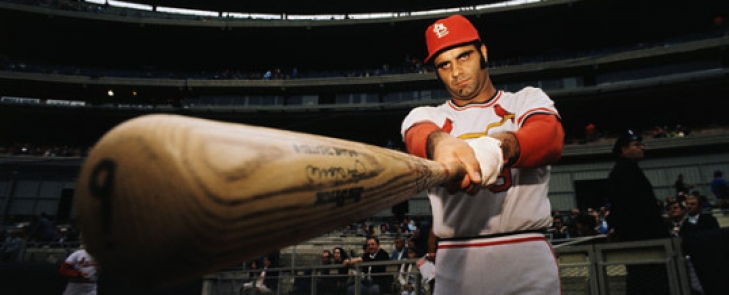The St. Louis Cardinals HOF announce their 2020 Finalists
One of our favorite franchise Hall of Fames is that of the St. Louis Cardinals, which was only established in 2014, but has quickly earned a place as a must-see for baseball fans. For the Class of 2020, the fan vote is now available, where the top two vote getters of seven former Cardinals will become part of the organization’s Hall of Fame.
Steve Carlton 1965-71. Carlton would play the first seven seasons of his career with St. Louis, and he was a three-time All-Star while playing there. Carlton helped St. Louis win the 1967 World Series, and he was a 20 Game winner in his final year as a Cardinal. With St. Louis, he had a record of 77-62 with 951 Strikeouts and a 3.10 ERA. Carlton would be elected into the Baseball Hall of Fame in 1994.
Keith Hernandez 1974-83. Playing at First Base, Hernandez was one of the better defensive players at that position of all-time. A Cardinal for the first decade of his career, Hernandez went to two All-Star Games and won six Gold Gloves as a Cardinal. A key member of the 1982 World Series Championship team, Hernandez was the co-winner of the 1979 MVP. With the Cards, the First Baseman had 1,217 Hits with a Batting Average of .299.
Tom Herr 1979-88. Herr was an All-Star in 1985, and he was part of the 1982 World Series Championship Team. He would have 1,021 Hits for the team with a .274 Batting Average.
Matt Morris 1997-05. A St. Louis Cardinal for eight years, Morris was second in Rookie of the Year voting in 1997. He was sidelined in 1999 due to Tommy John Surgery, but he rebounded well, leading the National League in Wins (22), going to the All-Star Game, and finished third in Cy Young voting. Morris was an All-Star again in 2002, and he would have a record of 101-62 overall with 986 Strikeouts in St. Louis.
Edgar Renteria 1999-04. Renteria was a Cardinal for six years, and he was an All-Star for three of them. The Columbian Shortstop had at least 10 Home Runs in each of his seasons, and had 71 overall for the Redbirds. Renteria also stole 148 bases, and won two Silver Sluggers and two Gold Gloves. He had 93 Hits with a .290 Batting Average in St. Louis.
Lee Smith 1990-93. Three times an All-Star with the Cardinals, Smith led the National League in Saves in both 1991 and 1992, and was in the top four in Cy Young voting in both seasons. He would have 160 Saves for the team. Smith would enter the Baseball Hall of Fame in 2018.
John Tudor 1985-88 & 1990. In Tudor’s first year in St. Louis he went 21-8 and led the league in Shutouts (10) and finished second in Cy Young voting. He would have a sparkling record of 62-26 for the Cardinals with a 2.52 ERA and a WHIP of 1.080.
The vote will be open until April 17, with the results televised on FOX Sports Midwest on May 8.
We know we will be voting, and we would like to congratulate the seven Finalists.
308. Jerry Norton
Jerry Norton began his professional football career in 1954 with the Philadelphia Eagles, where he started as a Safety, then performed as a Half Back, then back to Safety again. Norton was also an excellent Punter, and in 1957 he would lead the league in Punts and Punting Yards. He would be traded to the Chicago Cardinals (which would become the St. Louis Cardinals) before 1959 and was affixed at Safety and Punter, and he would continue on a five-year streak of Pro Bowls that he began in Philadelphia. Norton would again lead the NFL in Punts and Punting Yards in 1960, which was the same season he led the league in Interceptions (10). He would accumulate 35 picks in total.
256. Ken Gray
154. John David Crow
128. Pat Fischer
Pat Fischer was not a tall man, standing at only 5' 9", which was likely why the multi-talented star at Nebraska fell to the 17th Round. It was the St. Louis Cardinals who chose him, and after initially using him as a Returner, he would force his way to become a starting Cornerback and would be named to the Pro Bowl in 1964 and 1965. The certified ballhawk would later sign with the Washington Redskins and brought a veteran presence to their secondary and was a large part of their appearance in their Super Bowl VII appearance. Fischer would play until 1977 and would accumulate 56 Interceptions.
44. Ed Konetchy
Ed Konetchy was with the St Louis Cardinals for the first seven years of his professional career before he jumped to Pittsburgh of the Federal League.
39. Bob Forsch
42. Pepper Martin
A very popular player with fans and teammates alike, Pepper Martin was the engine that drove the famed “Gashouse Gang” of the 1930’s.
50. Ripper Collins
30. Bill White
Bill White had a rocky road to get to the St. Louis Cardinals, especially considering he really wasn’t looking to become a ballplayer in the first place.
47. Chick Hafey
Paying for the St. Louis Cardinals for the first eight of his thirteen year Major League career, Chick Hafey was known for hitting a very Batting Average. Hafey never batted lower than .329 in a five year stretch for the Cardinals (1927 to 1931) and in that final season his .349 was good enough to secure him the National League Batting Title. Hafey did not just hit for average as he was a 25 Home Run hitter three times and in 1927 he would lead the NL in Slugging. He helped St. Louis win two World Series Championships.
46. Matt Holliday
Matt Holliday’s best season in baseball may have taken place in Colorado where he was the runner-up for the MVP in 2006 but he was with the St. Louis Cardinals for a longer period of time and actually compiled better overall statistics.
35. Matt Carpenter
Matt Carpenter played the first 11 years of his career with the St. Louis Cardinaks, the team he had by far his greatest success.
36. Scott Rolen
Arriving midway through the 2002 season after demanding a trade out of Philadelphia, Scott Rolen proved to be the same star he was in the NL East and he actually raised his game. Rolen was an All-Star in 2002 (though represented Philadelphia and he would be one in his first four full seasons as a Cardinal. Already respected for his defensive ability, Rolen would win three more Gold Gloves in St. Louis, his 2004 accolade also coupled with leading the National League in Defensive bWAR. That year was also his best in the majors with the bat as he had a career-high 34 Home Runs with a Slash Line of .314/.409/.598. He would finish fourth in MVP voting that year. Arguably his 2006 would be far more memorable as he would be a vital component of St. Louis World Series win.
27. Jesse Haines
The rank here was a struggle for us.
Jesse Haines is a Baseball Hall of Famer (inducted in 1970 by the Veteran’s Committee) and he played all but one of his games for the Cardinals, so when we were doing this list we initially did not expect him to be so low. Haines recorded 210 Wins for St. Louis, which is second all-time, so how do we come up with a rank in the ’30s?
37. Bill Sherdel
In terms of longevity, lefthanded Pitcher Bill Sherdel was one of the most tenured in franchise history as he spent fifteen seasons with the team. As such it is not a surprise that he is currently in the top five in Wins (153), Games Pitched (465) Innings Pitched (2,450.2) and Games Started (242). Despite the long duration, Sherdel was never considered a star but rather a good hand who could be used to start or finish, which wasn’t very common at the time, especially a player who played as long as Sherdel competed.
43. Whitey Kurowski
45. Mark McGwire
The accomplishments of Mark McGwire are not as distinguished as they used to be but make no mistake what an impact he had when he was smacking Home Runs at will and chasing the single season Home Run record when he was a St. Louis Cardinal. For the younger readers, please understand that everybody was paying attention and it was what got many people back into Baseball.
40. Joe Torre
While Joe Torre would become far better known for his career as a Major League Manager, he was a pretty good baseball player in his own right.





















